Blind Pimple Treatment: Comprehensive Dermatologist Tips
A while back, I was asked by a beauty magazine what my thoughts were on “blind pimple(s)”. I was rather amused that there was such a term coined, and later realised that there was a lot of internet activity around this term in beauty communities! In this article, we explain the term “blind pimple” which I feel many readers will identify with, to shed light and clarity on what this term really encompasses from a dermatologist’s perspective, including excerpts from Acne Care Bible: Dermatologist’s Tips For Acne Treatment & Prevention by Dr. Teo Wan Lin, dermatologist at TWL Specialist Skin & Laser Centre.
What is a blind pimple?
Blind pimple in layman terms is acne that does not have an opening or a head. These are whiteheads, also known as closed comedones, as opposed to blackheads which are open comedones. We identify them as having a little trap to the surface of the skin. Sometimes you find substances coming out of the openings – they comprise of dead keratinised cells and dirt.
Dr. Teo Wan Lin on TikTok
TikTok video from Dr. Teo Wan Lin (@drteowanlin): “#Acne Masterclass #Healthy #learningisfun #medicaltiktok #docsoftiktok #doctorsoftiktok #medicalfacts #pimpletreatment #pimpletok #pimplepopper2022”. ACNE CARE BIBLE 101 | DO YOU SQUEEZE BLIND PIMPLES? | TELL ME WHAT YOU THINK IN COMMENTS BELOW!. She Share Story (for Vlog).
What causes a blind pimple?
Even though there are various appearances of acne bumps ranging across a blind pimple, or whiteheads, blackheads, cysts, and papules, they all have the same underlying cause.
To reiterate the factors that play a role in acne formation; firstly, in order to get acne, one has to be genetically susceptible. Following the onset of puberty releases in both boys and girls, the male hormone testosterone stimulates the production of oil. In an individual that has genetic predisposition to develop acne, this oil will kickstart the entire process of inflammation. Inflammation also worsens by the presence of a bacteria known as propionibacterium acnes. This is the causative bacteria behind the development of acne. These are all the factors that work together in an individual who is acne-prone to produce a blind pimple or any pimples for that matter.
Another cause of a blind pimple that are not specifically whiteheads could also be acne cysts. These are larger, more painful bumps that seem to arise from under the skin without the heads. The danger of the acne cyst is that it can cause very deep scarring. This is due to the extent of inflammation in the dermis. People with deeper acne scars such as dermal, ice pick, boxcar type of scars are due to underlying cystic inflammation.
Sometimes secondary bacterial infection in individuals who develop these acne cysts can also be taken for blind pimple(s). However, these almost always start off as whiteheads – which we also consider as blind pimple(s) as you do visibly see it on the surface. These get infect with skin bacteria which may or may not be related to propionibacterium acnes.The condition could also exacerbate by gram-negative bacteria in a secondary infection known as gram-negative folliculitis.
Is a blind pimple different from regular pimples?
Yes and No. Yes in a sense that they are best understandable by the layperson as acne that does not have a visible connection to the skin surface. No, because they are all forms of acne that should undergo treatment the same way.
Why can’t I get my blind pimple to resurface?
The very nature of acne is that it forms due to inflammation inside, not due to an external process. Hence, the beginning of every pimple – whether it is a blind pimple or not – always starts from the genetic tendency of an individual to develop microcomedones. These are mini whiteheads that bury under the surface of the skin. They then develop into either whiteheads or blackheads over the course of 2 weeks to a month before we are able to see them on the surface of our skin
How do I pop a blind pimple with no head? And is it advisable to do that?
No, you should not pop any form of a pimple. Popping any form of a pimple, whether it is blind pimple or whether there is a visible connection to the surface is not advisable. Why is that so?
First of all, your fingernails contain bacteria. Touching your pimple is touching an area of broken skin. Even if your hands are clean, there is already underlying inflammation. Therefore, any sort of pressure or squeezing around that area will cause more internal bleeding. Whereas, methods that are specifically in use for treating acne at a dermatologist’s office have nothing to do with removing or extracting your pimple from the surface.
Is it possible to change one’s underlying genetics?
The short answer is no, not now. What we can do now is address the problem of inflammation that is causing the entire acne process. Even if you try to extract the pimple from the surface, there are new ones growing under your skin. Before you see the pimple, it’s already under your skin for two weeks to a month. Instead, the strategy should be determining the severity of your acne. If your acne is more than one or two pimples a month, about three to five a month, and you are bothered by it, that is a sign that you need medical attention.
Several individuals go to the drugstore and purchase over the counter topical acne creams. Anti-acne formulations contain benzoyl peroxide, salicylic acid, some even contain sulphur. All these are not effective in the treatment of mild physiological acne. This is because individuals who use benzoyl peroxide tend to develop skin irritation. The same with individuals who use salicylic acid formulations. The way these topicals work is by drying up the skin at the area where the acne is active. In the absence of oil, acne inflammation generally reduces.
However, if your acne does not respond to topical over the counter creams and you find that it is a persistent problem for a period longer than 2-3 months, you may want to visit an accredited dermatologist. The reason for this is because inflammatory acne that is of moderate severity would require the use of topical prescription creams such as retinoids. These are not available over the counter.
How to prevent blind pimple(s)?
Going back to the topic of microcomedones, there is a way to prevent their formation. This is through the use of topical retinoids. You will start to see the effects of it from 2 weeks to a month. Regular usage of a topical retinoid can help to reduce the formation of these blind pimple(s), blackheads, as well as inflammatory acne overall. However, some individuals will require oral medications. In genetically susceptible individuals, the only way is to take oral medications to suppress the body’s tendency to produce inflammation.
It is important to remember, for most people, acne generally does go away when one turns into adulthood. The process of recovery will involve developing acne scars, especially if the acne itself is deep. The treatment of acne scars is variable, so it’s best to prevent these scars in the first place. For this reason, all dermatologists consider the treatment of acne an important topic. It is certainly not something to ignore or we hope that will go away in time.
Will a blind pimple go away by itself?
Sometimes it will go away by itself. When the whitehead gets infected with bacteria on the skin surface, it does become an acne papule and acne cyst. Both acne papules and acne cysts can get to a head and form a pustule. This can mean that the dirt releases over a period of time. That is when you see the pimple popping by itself. This is different from one squeezing a blind pimple, or applying excessive pressure to a pimple that has not become a head yet in an attempt to get it out. Doing so will induce inflammation and cause worse scarring. However, many times, whiteheads simply stay the same way for many months. One often goes through a cycle of having recurrent acne flare ups over an area that is whitehead prone.
Additionally, it is important to distinguish between certain types of folliculitis which looks like acne. A key example would be fungal acne which is specifically what we call Pityrosporum folliculitis. Pityrosporum folliculitis tends to appear in clusters with whitehead-like bumps in the hairline and jawline. It is very common in adolescents who have just started puberty because of the increase in oil production. The condition has its root cause from a yeast which we refer to as Malassezia furfur. This yeast takes over the sebaceous glands and is also present in normal healthy individuals without acne problems. Treatment of fungal acne will assist in the clearance of acne. One can use a combination of acne fungals such as acne fungal shampoo for the scalp. This is because the scalp is the main reservoir for the yeast. Treatment will also include a topical retinoid and topical acne fungal cream.
Would washing my face help to prevent blind pimple(s)?
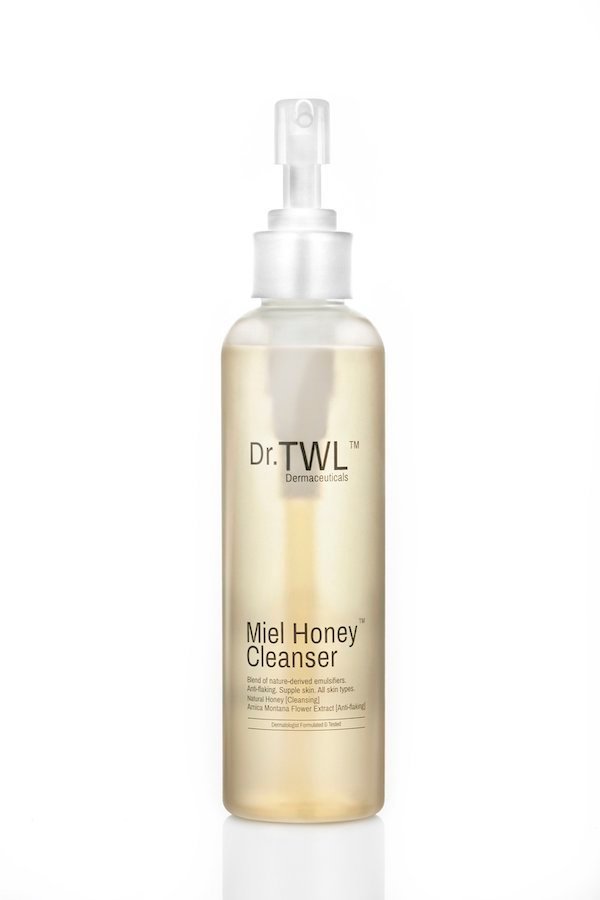
Another important thing to note is the general hygiene of an individual who is acne prone. Someone who produces a lot more oil and is living in a tropical climate like Singapore is going to be susceptible in the development of both acne as well as fungal acne. You should control oil production with topicals, such as anti-bacterial face washes. There are chemical ones that are based on the active ingredient triclosan.
Personally, I prefer to use a formulation based on medical grade honey. It is first of all, a natural derivative, which has no issues with bacteria resistance. Secondly, it helps to rebalance the skin’s moisture levels. This prevents overproduction of oil due to very harsh cleansers that strips your skin of oils completely. In terms of topicals that can be used to control oil production, zinc oxide as well as certain plant oils will be helpful. My patients use an anti inflammatory powder formulated as a loose powder that is infused with zinc oxide. Zinc oxide actively inhibits sebum formation and is also helpful in preventing bacterial growth.
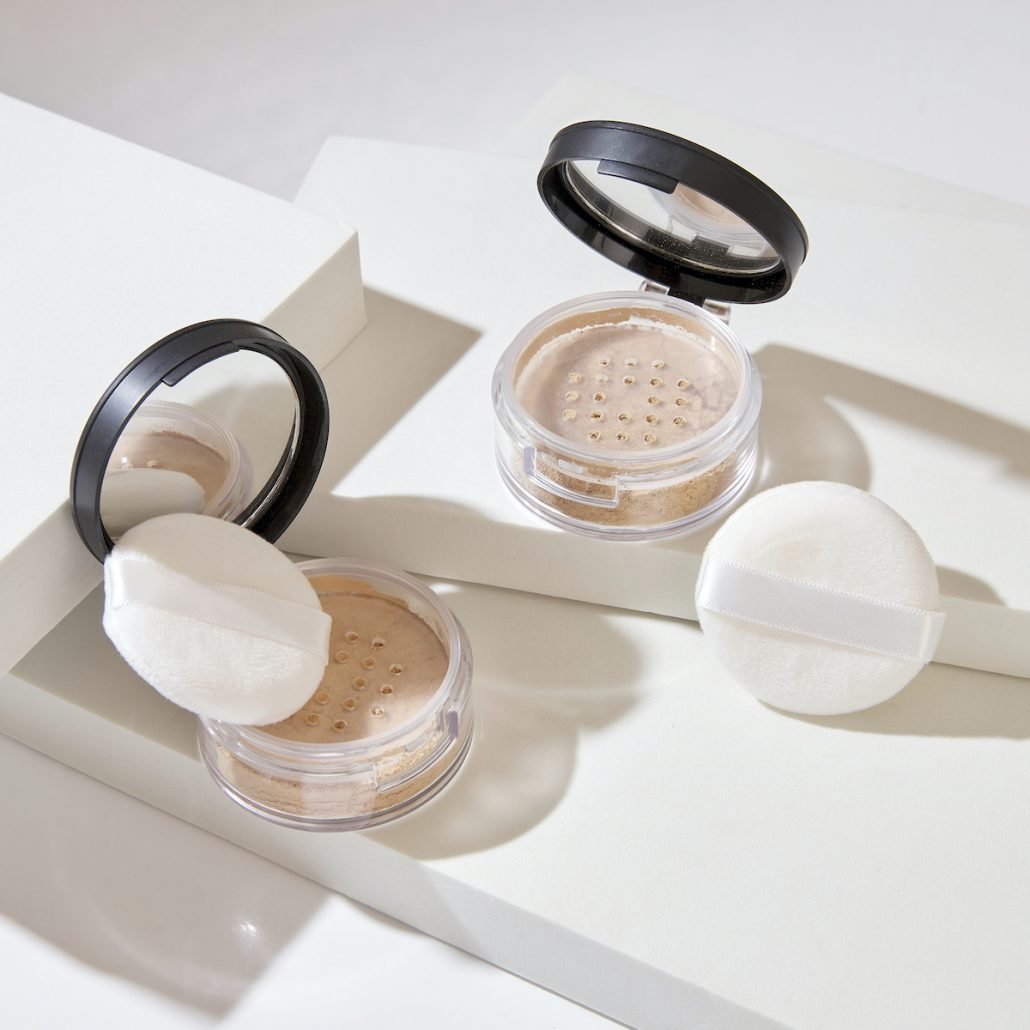
How long does it take for the blind pimple to go away?
This depends on a few factors. There are whiteheads that disappear within two weeks. There are acne bumps (the head of whiteheads) that appear as whiteheads that disappear within 3-4 days. On the other hand, there are also acne bumps that are blind pimple(s), comedones – white heads that never come to head and it can stay for several months. The key thing here is that if you have whiteheads, you should consider that as an active form of acne. This is rather than waiting out to see how many more you would get. So if you have more than 4-5 whiteheads over an area, that’s the case for active acne. Consequently, you should receive medical treatment.
If your symptoms are mild, and limited to a very small area, you can try over the counter topical acne medications. The ones we prescribed in our clinic are also available over the counter. It is a formulation based on chlorella vulgaris which is a type of algae. Rather than drying out the skin, it actively works on the level of your sebaceous glands to oil glands to inhibit the production of oil. This causes the acne swelling to reduce.
The topicals we formulate at our practice are also infused with amino acids that function as natural moisturising factors. This is more effective in comparison to using drying prescriptions such as sulphur and benzoyl peroxide that very often leaves a red mark that turns dark after the acne resolves. The use of natural moisturising factors as opposed to oily formulations for treatment of spot acne is critical because acne worsens by the application of oil based formulas.
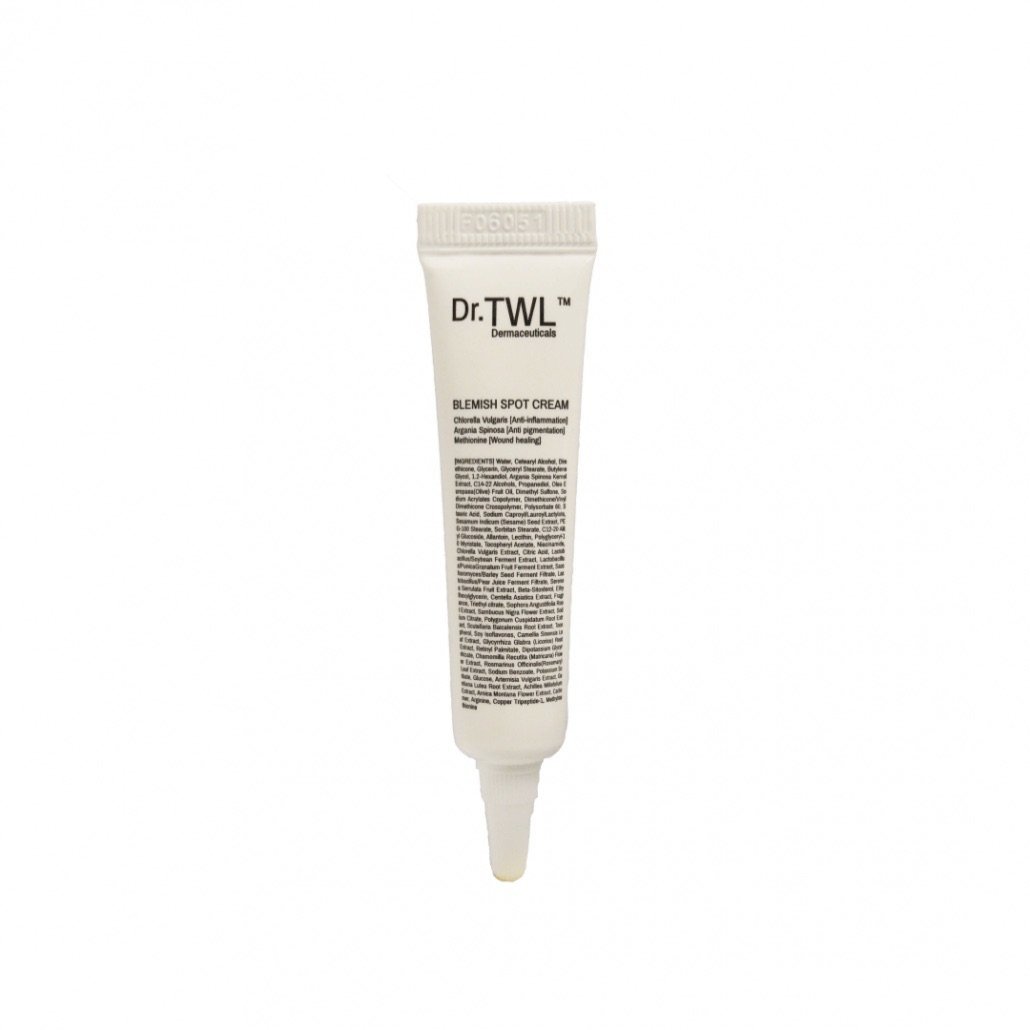
If it doesn’t go away on it’s own, what are some things I can do to get rid of it? What are some options we can try either with the help of a dermatologist/prescriptions or just things we can do at home?
Firstly, it is important to determine how long you have struggled with acne already. If it’s been troubling you, seek help from an accredited dermatologist. However, if you are just starting to have acne, or you have only always had acne around the time of your menstrual cycle and can be resolved by over the counter acne creams, then it is acceptable to get started on a preventive acne routine that is readily accessible without visiting a dermatologist.
An example of that would be specially medicated anti-acne face washes. I caution against very strong lathering cleansers and those that contain salicylic acid because I find that in Singapore’s climate, it causes individuals to get sun sensitive. The dry skin that results from it eventually results in a condition where individuals still suffer from acne but also have dehydrated skin. Hence, the cause for oily dry skin. The use of vitamin C serums are also helpful. I would advise using a cosmeceutical formulation such as L-ascorbic acid or sodium ascorbyl phosphate. I tend to favour the latter as a derivative of vitamin C. Why so? It is firstly a neutral compound, so it does not cause skin irritation. Secondly, lower concentrations are required to achieve a similar effectiveness.
What is the role of vitamin C in preventing acne?
Soluble vitamin C when absorbed through the skin provides a very unpleasant environment for acne bacteria, Propionibacterium bacterial acne to survive in. As a result, you have a lesser number of active acne bacteria. Because it’s anti acne bacteria, less of it will contribute to the overall health of your skin. Even if you have a blind pimple or any pimples, it will go away faster and the scars will also be lighter.
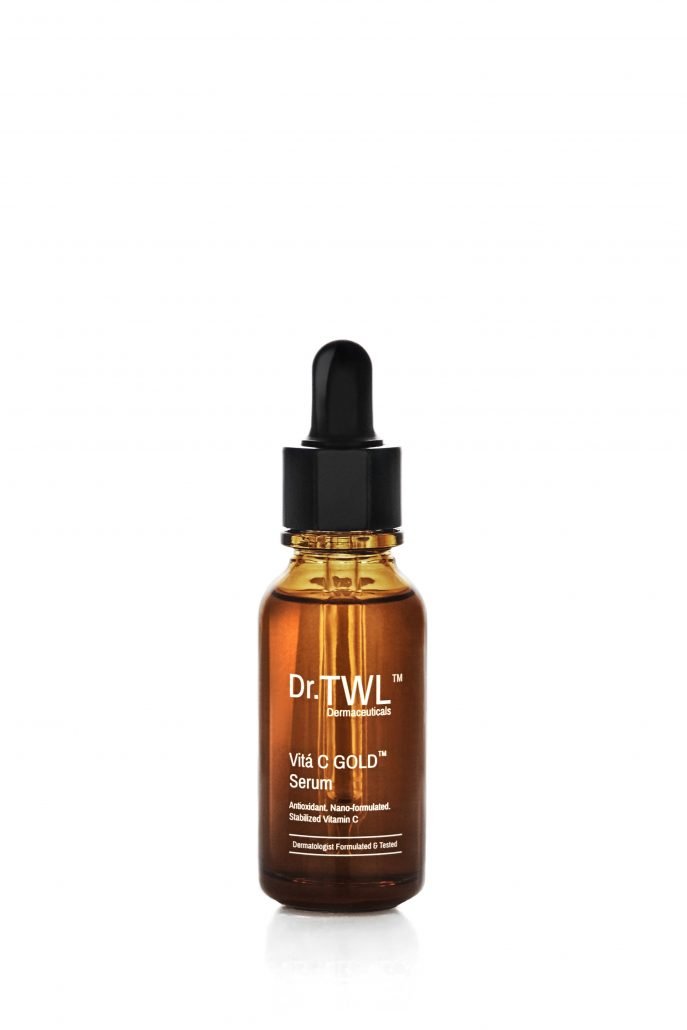
The Importance of Moisturisers for Acne-Prone Oily Skin
Yes, even if you have oily skin you need to moisturise. A must have when you suffer from acne prone skin is a good moisturiser that does not use an oily formulation. Avoid cream formulas because these tend to have a higher concentration of oil as opposed to water. Therefore, a moisturizing cream is not as effective for individuals with oily acne prone skin than it is for someone with combination skin.
The active ingredients that we are looking at would be hyaluronic acid, which is chemically known as sodium hyaluronate. There are different sizes of hyaluronic acid molecules. It is found that a variety, what we call multi-molecular formulations tend to be the most beneficial in terms of aiding the skin absorption.

Alternative Moisturising Ingredients for Acne-Prone Skin
Secondly, a very important and often understated ingredient is polyglutamic acid. Polyglutamic aid is 4-5 times more effective in terms of its water holding ability than hyaluronic acid. However it is not as popular as hyaluronic acid, simply because polyglutamic acid is expensive and many beauty companies do not find it profitable to include this ingredient. Nonetheless, this ingredient is present in our mineral booster – which is a very good moisturiser for acne prone skin. It is predominantly based on polyglutamic acid. The third ingredient will be natural moisturizing factors in the form of free amino acids.
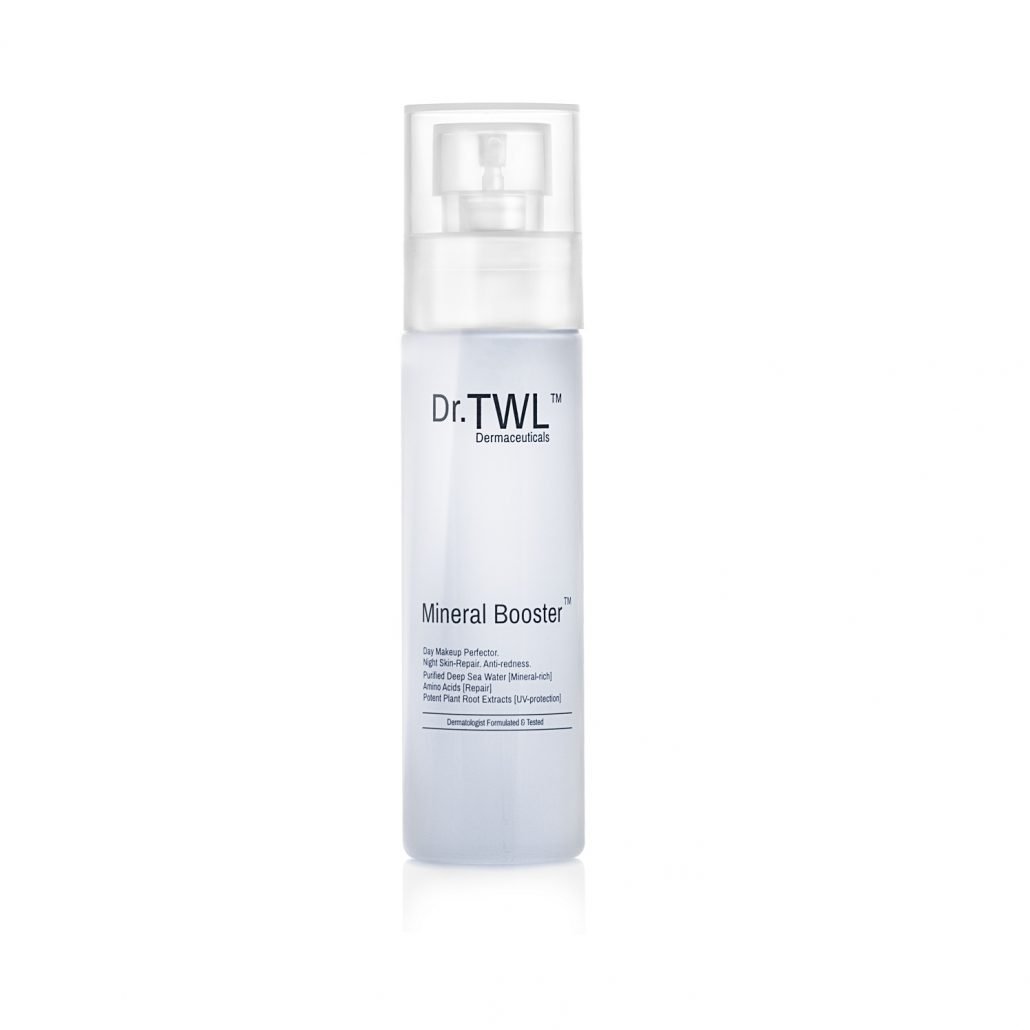
How do I know if I should visit a dermatologist for my pimple problem?
It is important to categorise these options based on the type of acne we discussed. You can set up an easy self-assessment checklist. A few questions to ask yourself include “How long have you had this problem?” If you’ve had it for more than 3 months, and it is clearly bothering you, then it is a sign that you do need to visit an official dermatologist. Second question to ask yourself is “have you tried over the counter acne creams?” Referring to those that contain sulphur, salicylic acid, tea tree oil, benzoyl peroxide. And “Have they worked for you?” If your answer is no, you should see a dermatologist.
Third question is “Do you have a strong family history of acne?” If yes, definitely get your acne under treatment as developing acne is in your genetics. If you have serious acne problems in your family, it is a risk factor for you no matter what stage your acne is. By the time you develop severe acne, it is often a little too late in preventing scarring. The fourth question is, “do you have acne scars already?” If your answer is yes, please visit a dermatologist.
On another note, what are the signs to look out for at home?
The first sign to check is whether or not you have physiological acne. If you just entered puberty, in an age range 13-14 years old, and you are encountering 2-3 acne bumps or pimples a month, that is very manageable. It is fine for you to self-medicate with approved topical active ingredients as well as an anti bacterial facial wash. Switch your moisturizer out for something that is hyaluronic acid or polyglutamic acid based.
Try topical ways to reduce oil production such as plant oils as well as zinc oxide. If you don’t have a family history of acne, that is a good sign. Beyond that, if you’ve noticed your menstrual cycles are also irregular then that is a definite sign you need to evaluate. This is because certain hormonal issues such as polycystic ovaries can begin when you’re a teenager. It comes with excessive oil production due to the male hormone testosterone being particularly active in oily skin.
What are the options we can try with the help of a dermatologist?
What a dermatologist prescribes depends on what type of acne you have. A simple approach that I take is as such – firstly, if you are a teenager below the age of 18, I generally consider it physiological acne. If it’s of moderate severity, meaning that there are minimal cysts and mostly whiteheads and blackheads, I would take a topicals-only approach at the start. This would mean using topical retinoids, our blemish spot cream formulated based on chlorella extracts, as well as cosmeceuticals such as vitamin C, polyglutamic acid and hyaluronic acid. We also take steps to minimise scarring by using plant extracts such as centella asiatica.
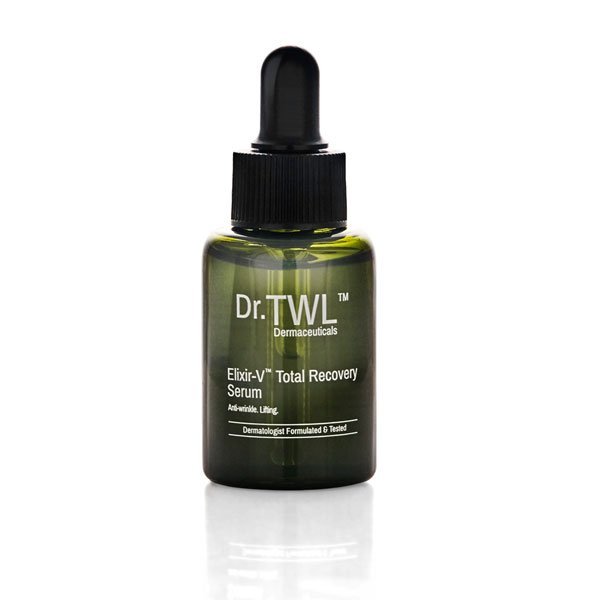
If your acne is persistent beyond the age of 18, I would grade it as a case of moderate acne. In these individuals we always use the topicals together with oral antibiotics which function as anti-inflammatories, as opposed to an antibacterial agent. Examples of these anti-inflammatory antibiotics would be doxycycline. If your condition persists with this treatment, then we move on to another category which is isotretinoin, marketed under other brand names as well. However, it is important to note that different individuals respond differently to each treatment. There are some individuals that would get better just with oral antibiotics or topicals alone, while some others require additional treatment such as chemical peels and blue light.
Dermatologist Recommended Facials for Acne Treatment
Chemical peels are effective for the purpose of regulating epidermal cell turnover. Individuals who are acne-prone tend to retain dead skin cells – these are also what we call keratin, because of its nature of inflammatory acne. A good way to think about it is when you are increasing the epidermal cell turnover, the bacteria that causes acne has less “food” to feed on. The second way is through dermabrasion. Microdermabrasion is effective as it uses vacuum technology to gently remove the whiteheads and the blackheads, while infusing plant acid. This process does not traumatise the skin.
In my clinic setting, we suggest to individuals who suffer from persistent types of acne – blind pimple(s) / acne or those who have predominantly whitehead types of acne – to use a home device that is based on the principles of microdermabrasion. When they have an active papule, we recommend first cleansing the skin with anti-bacterial honey face wash, applying the amino acid mask over the spot and then using the gentle suction mode of the dermabrasion tool – the SilkPeel to remove any excess debris. For individuals who do not wish to use chemical peels, we advocate using the copper ion head of the same SilkPeel machine to resurface the skin on a weekly basis. This helps to improve cell renewal rate which improves the condition of inflammatory acne.
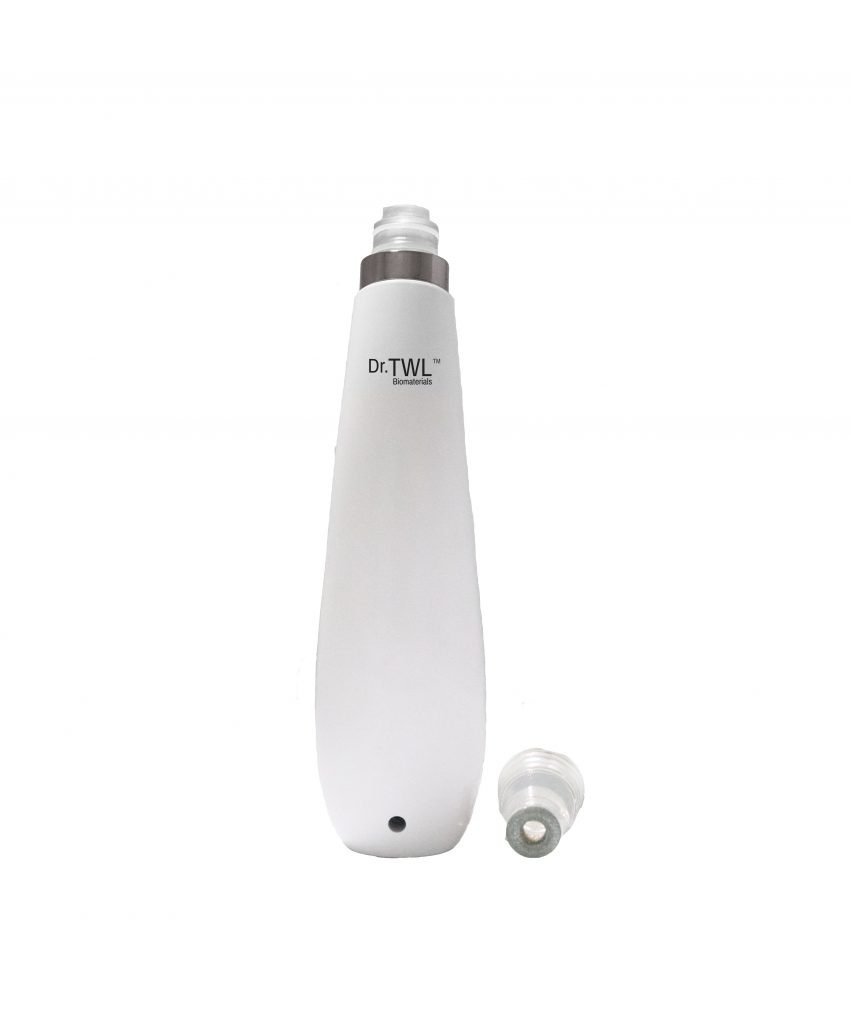
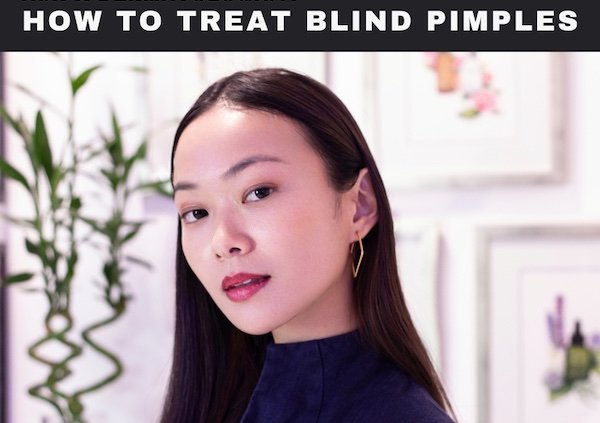









Leave a Reply
Want to join the discussion?Feel free to contribute!